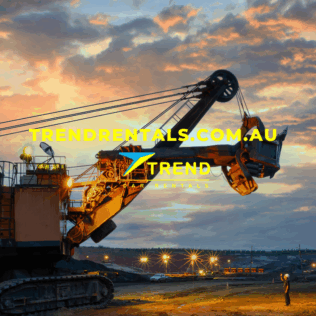Operating in remote or regional environments demands more than just tough vehicles — it requires foresight, planning, and a deep commitment to safety. When your fleet operates far from urban centres, even minor issues like a flat tyre, poor communication signal, or equipment failure can quickly escalate into serious emergencies.
That’s why emergency preparedness is not just a compliance measure — it’s a critical part of your fleet management strategy. At Trend Rentals, we understand that reliability, safety, and readiness are essential for every operation, whether you’re in mining, energy, construction, or exploration.
This comprehensive guide explores how to properly equip your fleet for remote operations, covering everything from vehicle selection and mine spec upgrades to emergency gear, communication systems, and real-world response planning.
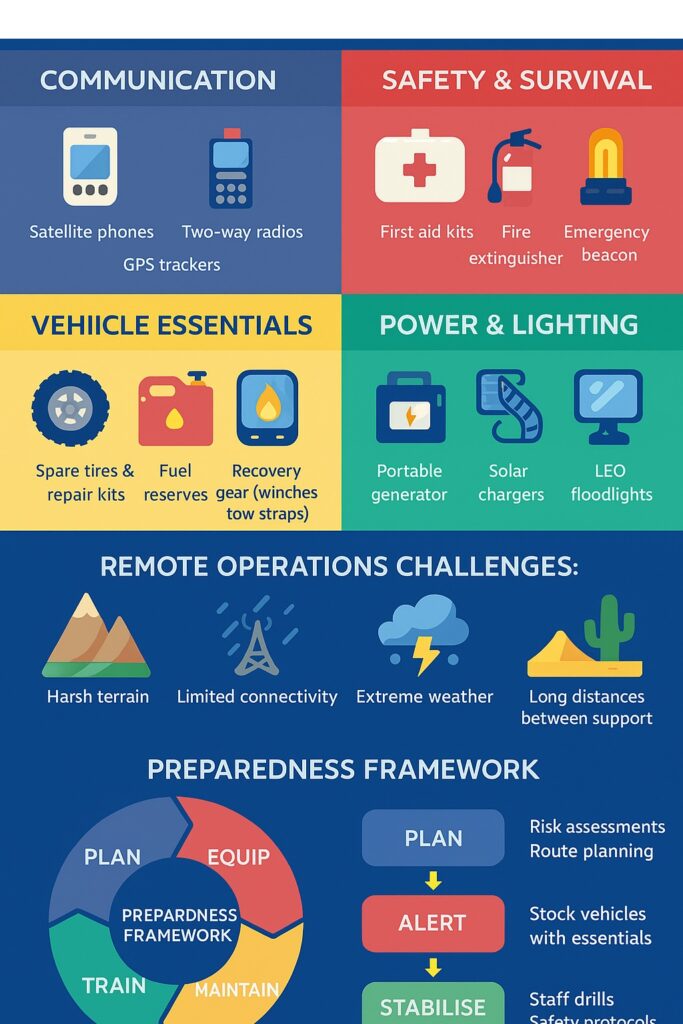
🌍 Why Emergency Preparedness Matters for Remote Fleets
Remote regions across Australia — from the Pilbara to the Outback — pose unique operational challenges. Long distances, limited access to medical facilities, unpredictable weather, and rugged terrain all increase the risks for field teams.
Without proper preparation, even well-trained staff can be left vulnerable in an emergency. The key risks include:
- Vehicle breakdowns far from service support
- Communication blackouts in low-signal zones
- Medical emergencies with delayed response times
- Extreme heat or weather exposure
- Environmental hazards like floods, dust storms, or wildlife encounters
Proactive emergency preparedness ensures that your fleet can respond effectively, protect personnel, and minimise downtime when things go wrong.
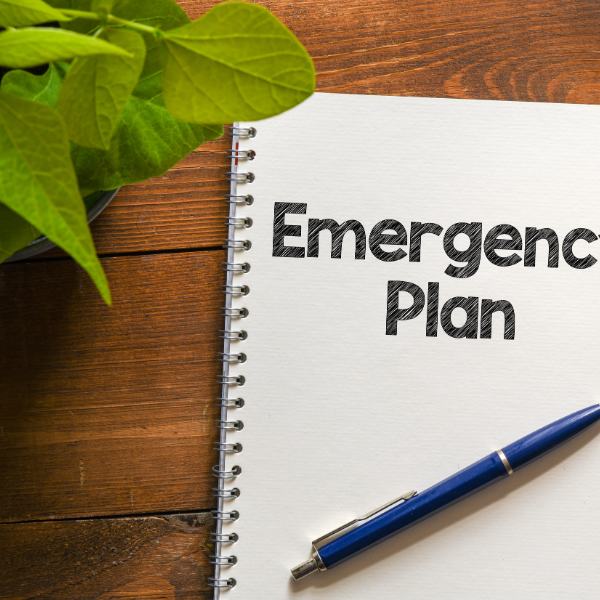
🚘 Step 1: Choose the Right Vehicle for the Job
The foundation of emergency readiness starts with vehicle selection. Not all vehicles are built for harsh or isolated conditions.
Mine Spec Vehicles
For operations in high-risk or off-road environments, mine spec vehicles are the industry standard. They come fitted with vital safety and communication upgrades that enhance reliability and compliance.
At Trend Rentals, our fleet includes vehicles equipped with:
- ROPS/FOPS (Roll-Over and Falling Object Protection Systems)
- Battery and starter isolation switches
- High-visibility identification markings
- Fire extinguishers and emergency beacons
- Two-way UHF radios
- First aid kits and reflective striping
These features aren’t optional — they’re mandatory for compliance in most mining and energy operations. They significantly improve the chances of a safe recovery during emergencies.
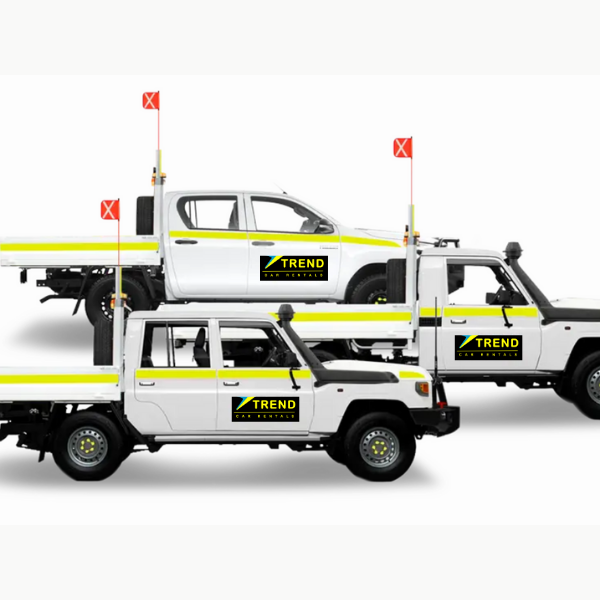
Fleet Versatility Through Flexible Hire
Not every project requires permanent vehicle ownership. Using flexible hire solutions like Trend Rentals’ fleet management services or car subscriptions ensures access to well-maintained, site-compliant vehicles without the cost of ownership.
When emergencies happen, knowing your vehicles are inspected, serviced, and fully compliant can make a life-saving difference.

⚙️ Step 2: Equip Vehicles with Emergency & Survival Gear
Even the toughest vehicles can’t replace proper emergency gear. Each fleet vehicle operating remotely should carry a comprehensive survival and response kit.
Essential Emergency Equipment Checklist
| Category | Recommended Items |
|---|---|
| Safety & Survival | Fire extinguisher, first aid kit, reflective vests, PPE gear, emergency blankets |
| Navigation & Communication | GPS system, UHF/VHF radio, satellite phone, paper maps |
| Vehicle Recovery | Tow straps, recovery boards, snatch straps, shovel, tyre repair kit |
| Mechanical Support | Spare tyres, tool kit, fluids (oil, coolant, brake), jump starter |
| Sustenance & Comfort | Drinking water, high-energy snacks, sunscreen, insect repellent, flashlight |
| Documentation | Emergency procedures, contact list, vehicle manuals, risk assessments |
Trend Rentals’ mine spec vehicles are pre-fitted with much of this equipment, allowing businesses to focus on operations rather than procurement.
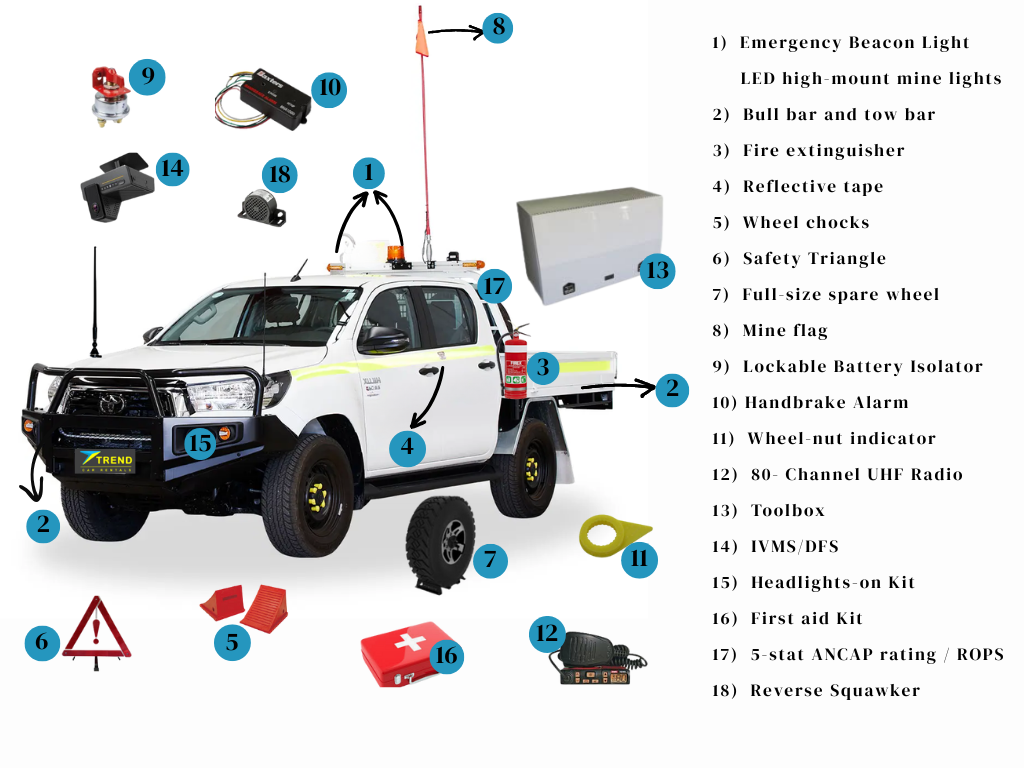
📡 Step 3: Ensure Reliable Communication Systems
In remote Australia, standard mobile networks often fail. Maintaining consistent, reliable communication is critical to effective emergency response.
Key Communication Tools for Remote Fleets:
- Satellite Phones: Offer coverage in areas with no mobile signal.
- UHF/VHF Radios: Enable team-to-team and vehicle-to-base communication.
- GPS Tracking & Telematics: Allow managers to monitor vehicle location and status in real time.
- Emergency Locator Beacons (EPIRBs): Send distress signals directly to rescue services.
With Trend Rentals’ fleet management solutions, companies can integrate advanced telematics and tracking systems for real-time vehicle monitoring. This ensures teams are always visible — even hundreds of kilometres from the nearest town.
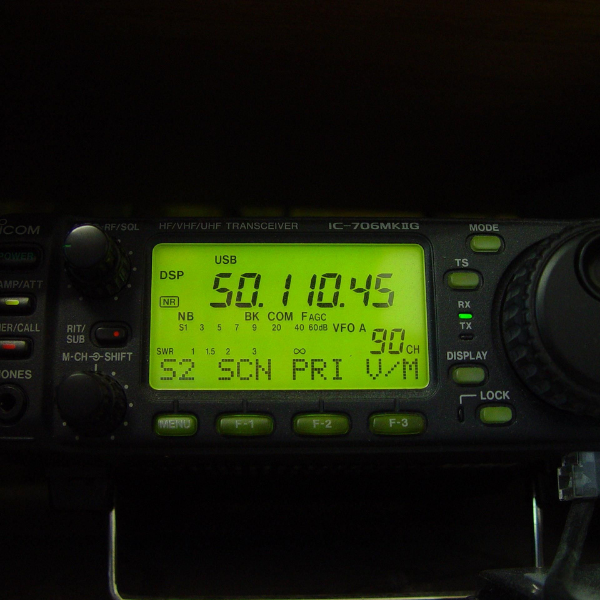
🧭 Step 4: Train Your Team for Emergency Response
Even the best-equipped fleet is only as effective as the people operating it. Training is essential to ensure that all drivers and field staff:
- Know how to use communication tools and emergency equipment
- Can identify hazards and respond appropriately
- Are familiar with company emergency protocols
- Understand first aid basics and vehicle recovery methods
Recommended Training Programs:
- Defensive and off-road driving courses
- First aid and CPR certification
- Emergency evacuation drills
- Radio communication protocols
Fleet operators can also implement digital training refreshers to maintain readiness for new hires or site transfers.
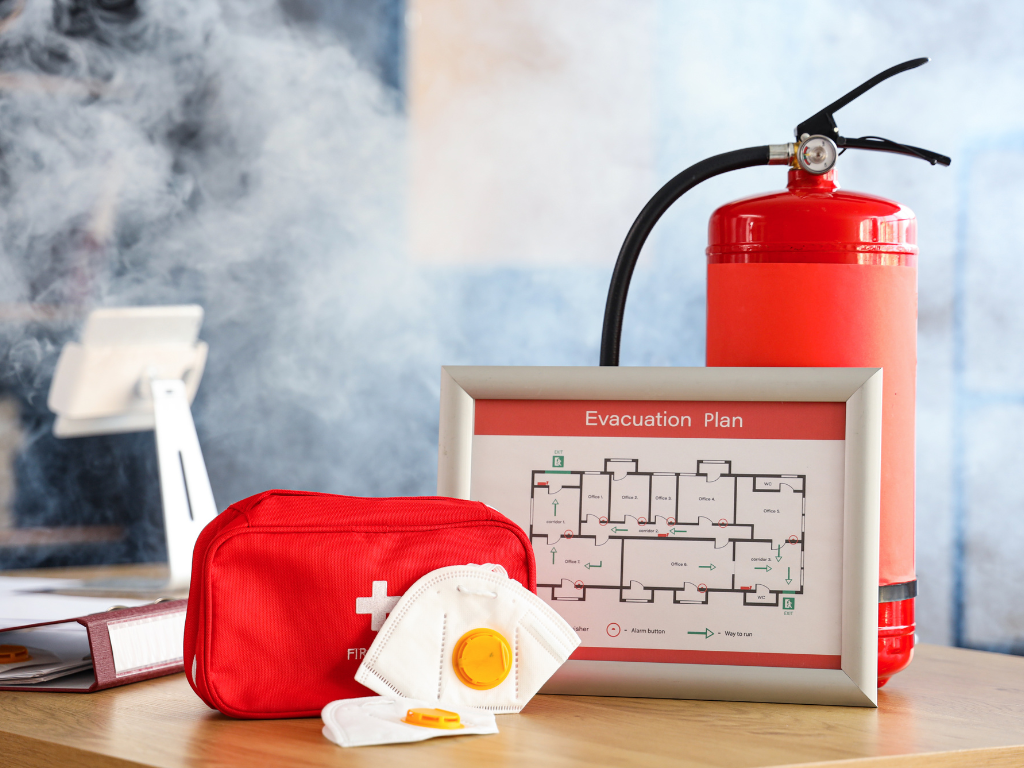
🧰 Step 5: Implement a Preventative Maintenance Plan
Breakdowns can turn into emergencies quickly in remote areas. Preventative maintenance keeps your fleet safe and operational.
With Trend Rentals’ fleet management services, you can ensure:
- Scheduled servicing and inspections
- Predictive maintenance alerts through telematics
- Immediate vehicle replacements in case of failure
A well-maintained vehicle fleet means fewer breakdowns, safer operations, and faster responses during critical moments.

🔋 Step 6: Power & Fuel Management in Isolation
Remote regions often lack fuel stations or reliable power sources. Always plan ahead with:
- Dual fuel tanks or jerry cans for long-distance travel
- Portable generators or battery packs for emergency power
- Solar charging systems for GPS and communication devices
Trend Rentals provides fuel-efficient, modern vehicles designed for extended operations, helping reduce fuel dependency and improve range in the field.
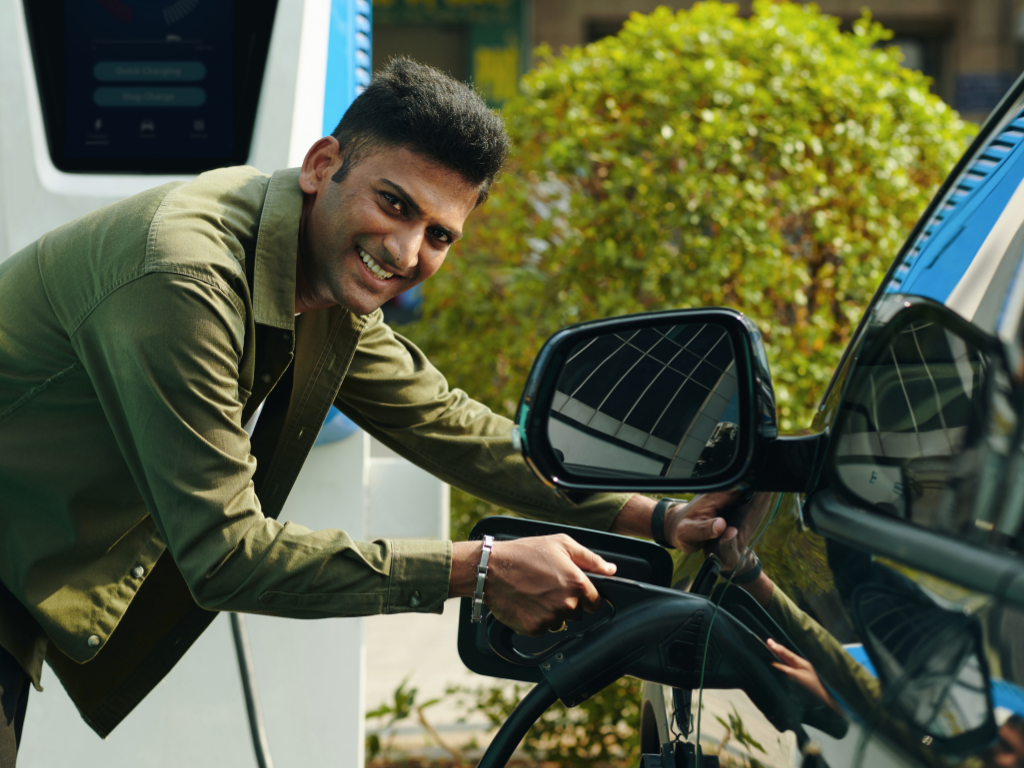
🌡️ Step 7: Prepare for Environmental Challenges
Australia’s remote environments are unpredictable — from scorching desert heat to flash floods or dust storms.
Adapt Your Fleet to Local Conditions:
- Heat-resistant fluids and tyres for arid climates
- Snorkel kits and waterproofing for flood-prone zones
- Heavy-duty air filters for dusty mine sites
- Cold-weather gear and heated cabins for alpine regions
At Trend Rentals, our mine spec and 4WD fleets are built to perform in these conditions, with the modifications necessary for any site-specific environment.
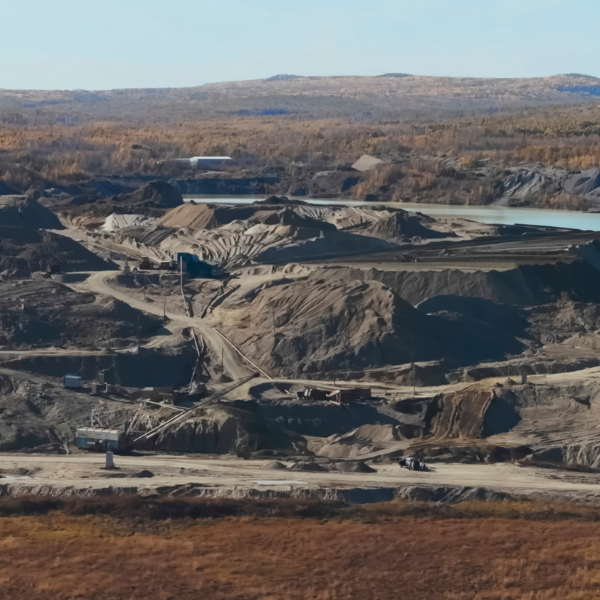
🧭 Step 8: Develop a Clear Emergency Response Plan
A documented, easy-to-follow emergency plan can save lives. Each site and team should have access to:
- Emergency contact lists (local police, hospitals, fire services, site management)
- Designated meeting points and evacuation routes
- Vehicle recovery and rescue protocols
- Incident reporting templates
Train staff regularly and review your plan at least every six months. When paired with Trend Rentals’ real-time vehicle tracking, your team can locate, support, and recover vehicles quickly.
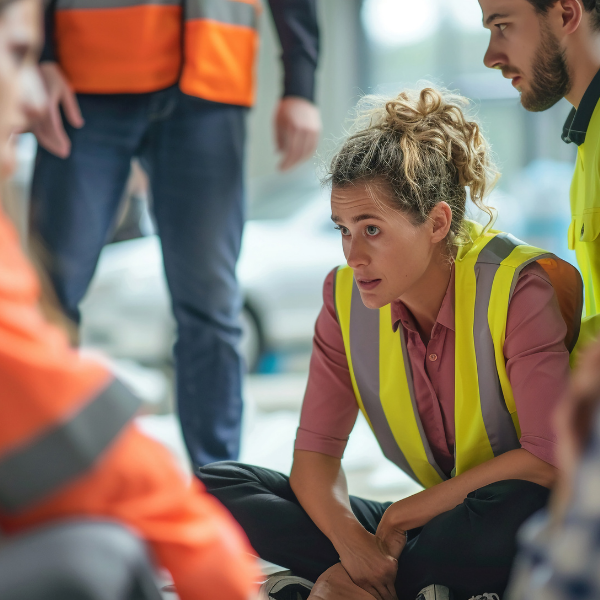
🚑 Step 9: Include Medical Preparedness
Medical emergencies are particularly challenging in remote areas. Equip every vehicle with:
- Comprehensive first aid kits
- Portable defibrillators (AEDs) for high-risk operations
- Basic medical training for all drivers
- Emergency response numbers clearly displayed
Consider partnering with local or mobile health services for scheduled check-ins or medical support during long-term projects.
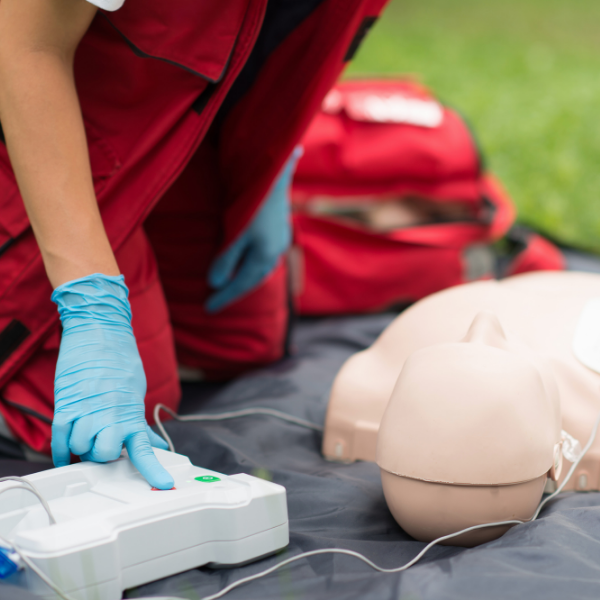
⚡ Step 10: Integrate Smart Fleet Technology
Modern smart fleet technology enhances both emergency prevention and response. Through telematics, AI-driven analytics, and real-time alerts, fleet managers gain greater visibility and control.
Smart Fleet Tech Benefits:
- Instant incident alerts (e.g., rollover detection, engine failure)
- Route tracking to locate stranded vehicles
- Maintenance forecasting to prevent breakdowns
- Driver behaviour monitoring to reduce risk
Explore how Trend Rentals’ smart fleet solutions can modernise your operations and improve emergency readiness.

🧩 Step 11: Test, Audit, and Improve Regularly
Emergency preparedness is not a one-time effort. Conduct periodic audits and simulations to identify weaknesses and areas for improvement.
Checklist for Ongoing Readiness:
- Review emergency kits monthly
- Test communication systems quarterly
- Update contact lists regularly
- Reassess training needs annually
- Log and analyse all incident reports
A proactive approach keeps your team, vehicles, and operations resilient — even under unpredictable conditions.
🌟 Case Study: Remote Mining Operation in WA
A mining contractor in Western Australia partnered with Trend Rentals for a six-month exploration project across multiple remote sites.
Challenges:
- Harsh terrain and minimal infrastructure
- 10-hour travel distances between service points
- Safety compliance requirements for vehicles and personnel
Trend Rentals’ Solution:
- Supplied a fleet of mine spec 4WDs with full safety kits and UHF communication
- Integrated telematics tracking for all vehicles
- Provided replacement vehicles during scheduled maintenance
- Offered driver safety training and emergency equipment audits
Outcome:
- Zero lost-time incidents
- Reduced vehicle downtime by 35%
- Fully compliant and responsive fleet throughout the project duration
This demonstrates how preparedness and flexible fleet management create safer, more efficient operations in Australia’s most challenging environments.
🚀 Conclusion
Operating in remote regions is inherently risky — but with the right preparation, those risks can be controlled and mitigated.
Emergency preparedness means more than carrying a first aid kit; it’s about building a culture of safety supported by the right vehicles, technology, and training.
From mine spec 4WD hire to corporate fleet management and smart telematics, Trend Rentals offers end-to-end solutions designed to keep your remote operations running safely and efficiently.
Equip your fleet, empower your people, and stay ready for anything — because in remote Australia, being prepared is being protected.
